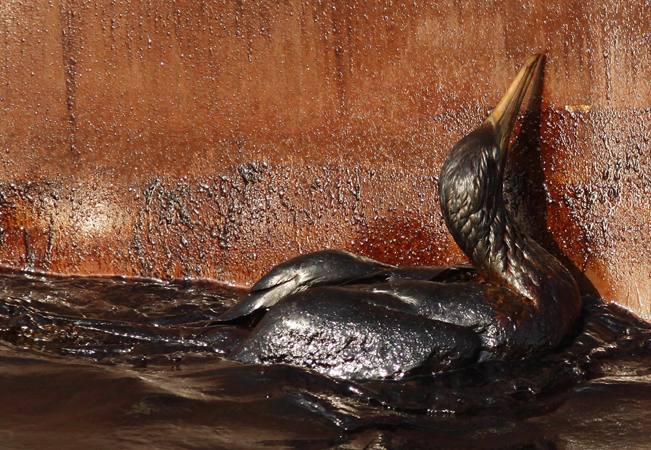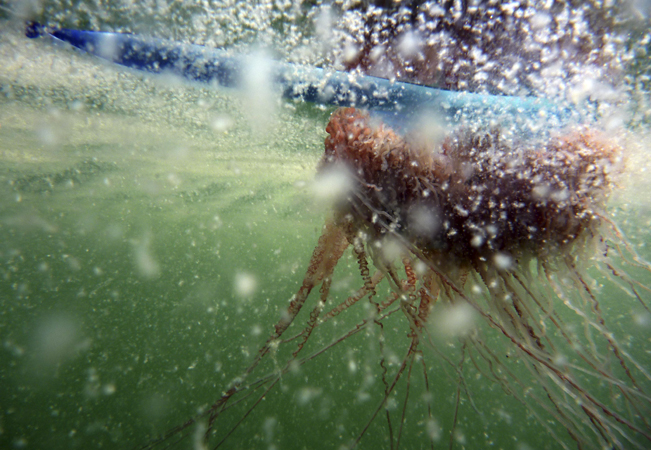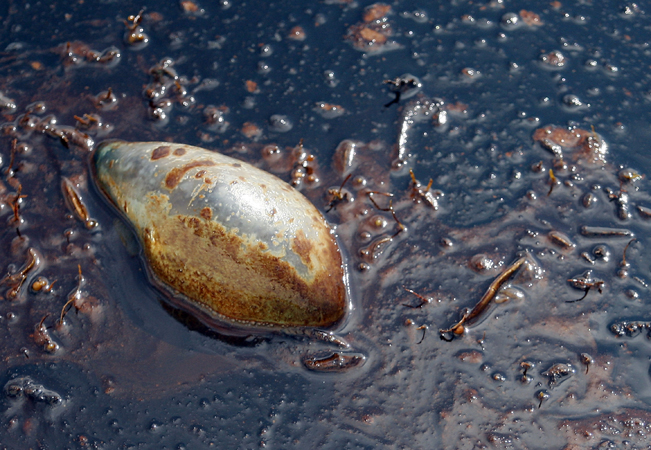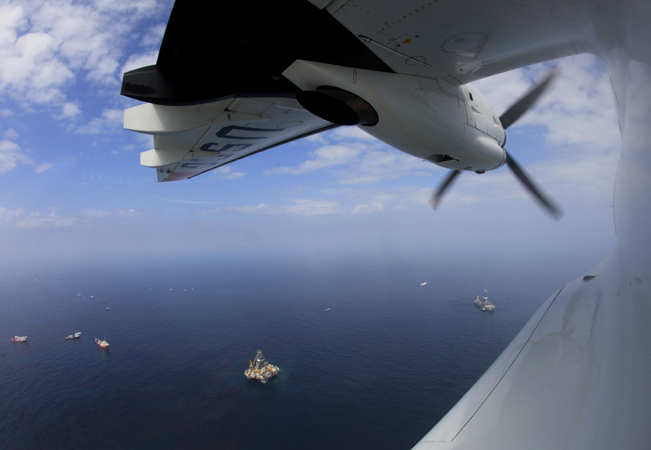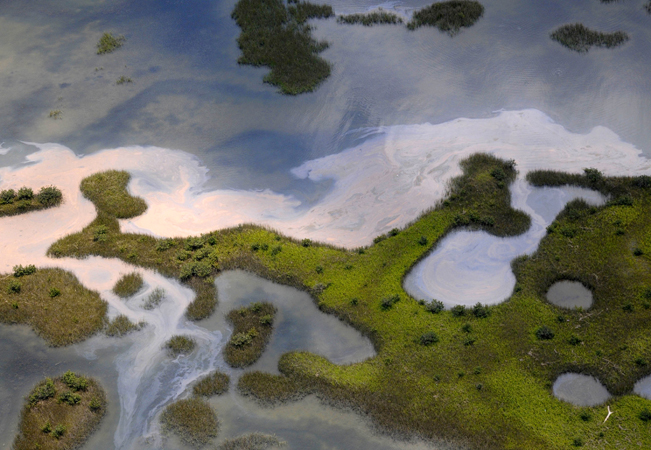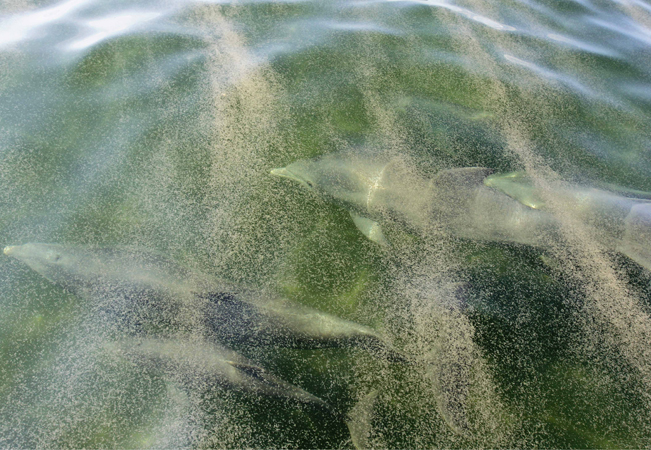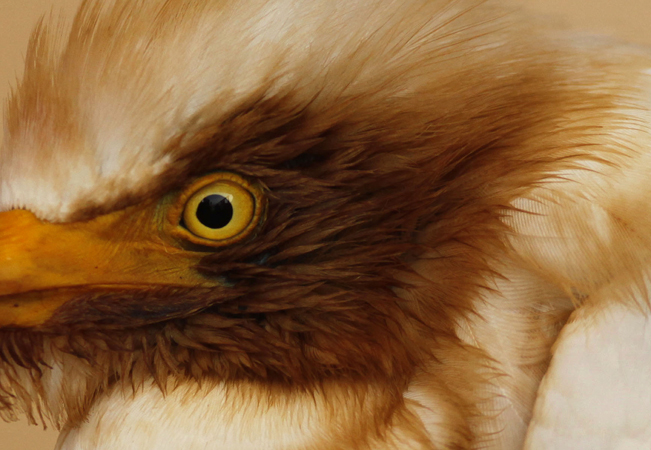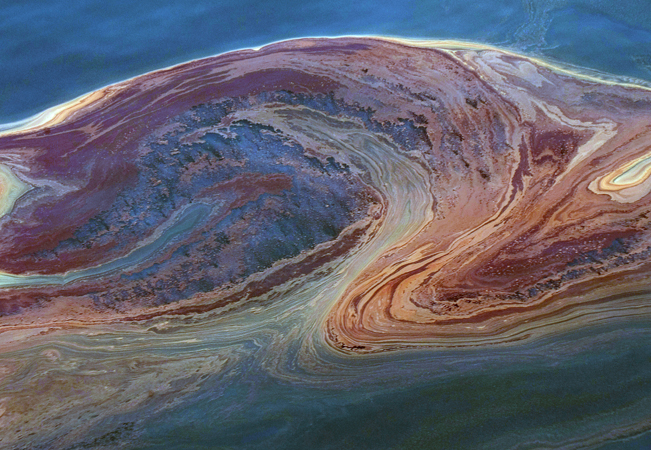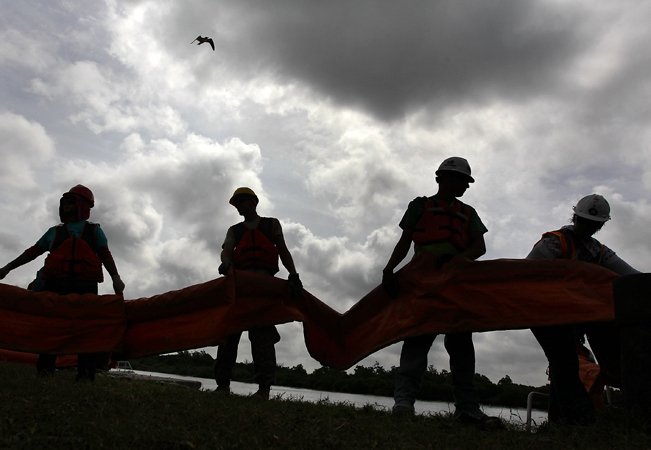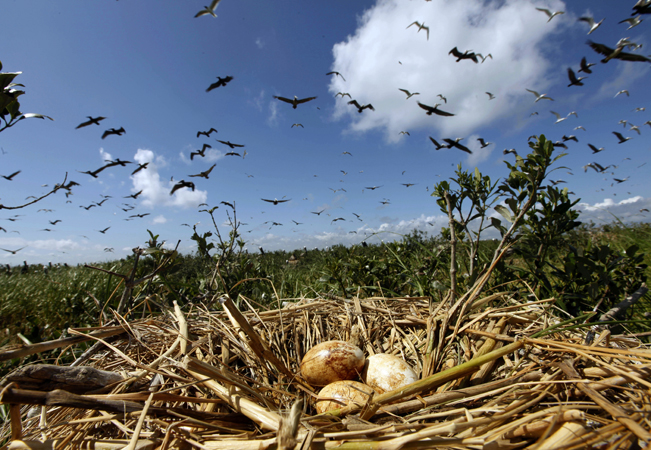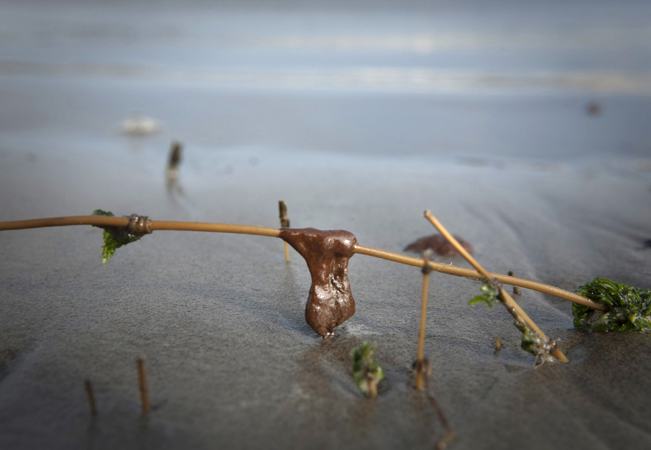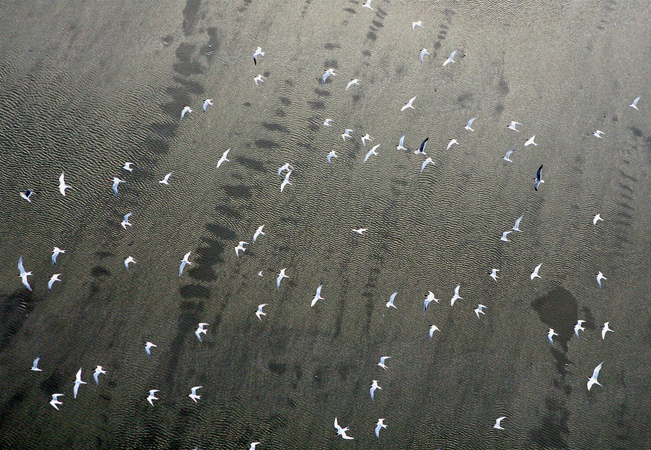Knights of Consequences
Defending and Honoring Captain Pete Bethune and the Principles of the Sea Shepherd Conservation Society
Commentary by Captain Paul Watson
The complications that accompany Sea Shepherd campaigns are immense. Seldom are things simple, and the reason for this is the complexity of running an international marine conservation organization that is dependent upon the passion, dedication, and unfortunately the unpredictability of volunteers.
I have always stressed that the kind of passion that volunteers bring to the table is something that cannot be hired. Professionals simply do not compare. As Sir Ernest Shackleton once remarked when he was criticized for the inexperience and the lack of professionalism of his crew, “I need men of passion who will get me to the Pole and that kind of passion cannot be bought, it can only be found in the dedication of volunteers.”
Since 1977, I have commanded the helm of the Sea Shepherd Conservation Society and during that time, it has been my honor and my worry to have experienced the passion of over 4500 volunteers. A few have been found wanting, but most of them were exceptional and a few were extraordinary.
Balanced within the fragile framework of organized passion, I have to make practical logistical decisions designed not only to achieve the success of our campaigns but also designed to defend the integrity and the survival of the Sea Shepherd as an organization.
And it has been this strategy of balance that has achieved the remarkable record that Sea Shepherd enjoys: no injuries caused, no serious injuries sustained, no civil lawsuits, and no legal convictions for indictable (felony) offenses.
The implementation of this strategy has sometimes resulted in criticism from the public, the media, and occasionally our own crew and supporters. And this criticism is independent of the criticism we routinely get from some of the public and the media for the strategies and tactics of our campaigns.
Recently Sea Shepherd was forced to make a decision that was understandably unpopular with some of our supporters. We had to announce that Captain Pete Bethune will not be able to rejoin the Sea Shepherd crew when we return to the Southern Ocean in December 2010 to defend the whales.
This was not a decision taken lightly, it was a decision taken out of necessity both for Captain Bethune and for the Sea Shepherd Conservation Society.
Captain Bethune is a genuine hero, not just to Sea Shepherd, but to people around the world who love whales and want to see the brutal and remorseless slaughter of these whales ended. He has made sacrifices and he repeatedly risked his life to defend the whales. Captain Bethune is not unique amongst my crew in this regard, but with reference to Operation Waltzing Matilda he was exceptional.
But he violated a basic tenet of the rules of engagement of the Sea Shepherd Conservation Society and thus we had no alternative but to make the decision to not have Captain Bethune participate in future campaigns.
Captain Bethune had already told the Japanese court that he would not be returning and our decision further convinced the Japanese judges that they had nothing to fear from letting Pete return home. The judges are concerned that Japan would lose face if they released him only to board another whaling ship in the Southern Ocean once again. Captain Bethune saying that he would not return was not sufficient to convince the judges, but his statement backed up by Sea Shepherd’s decision to not have him participate will considerably help to alleviate the concerns of the judges.
As to the nature of the violations against Sea Shepherd policy, it is not in our interest or Captain Bethune’s to go into any detail. It is simply sufficient for us to say that we were compelled to make this decision for very good reasons both in the interest of Captain Bethune and of Sea Shepherd.
Accusations that Sea Shepherd has abandoned Captain Pete Bethune are untrue. Captain Bethune’s legal expenses, which Sea Shepherd is helping to cover, have accumulated quickly to hundreds of thousands of dollars. We have helped to secure the best legal team available for him in Japan. We will continue to provide a legal defense for Captain Bethune.
Accusations that Sea Shepherd, and I specifically, ordered Captain Bethune to board the Shonan Maru 2 in the Southern Ocean are untrue. Captain Bethune at one point in his interrogation told the Japanese Coast Guard that he acted under my orders. This accusation resulted in the Japanese Coast Guard issuing a warrant for my arrest. Captain Bethune sent me a letter a few weeks afterwards apologizing for this and saying he would retract the statement, and he did so.
Unfortunately the Japanese Coast Guard did not retract the warrant. I believe considering the intense interrogation methods by the Japanese interrogators that it is understandable why Captain Bethune gave them information that they wanted and told them things they wanted to hear. I hold no grudge against him for that.
Captain Bethune has been under enormous pressure during his incarceration with long hours, and day after day of interrogation. We know how intense it can be because in November 2003, Captain Alex Cornelissen and crewmember Allison Lance were held without bail, without a lawyer and interrogated for several weeks before being released.
He has also been abandoned by his own government, a government that cowardly refused to defend the New Zealand flag of his vessel Ady Gil and refused to defend his rights as a New Zealand citizen. The captain of the Shonan Maru 2, deliberately rammed and destroyed the Ady Gil. This was a vessel Bethune built himself and set a world record for circumnavigating the globe. And yet the New Zealand government refused to question the Japanese captain over the ramming, basically giving a green light to further Japanese violence against Sea Shepherd next season.
I think however the light is on the horizon for Captain Bethune’s release. The Japanese court will most likely find him guilty.(After all, they have a 98% conviction rate, which is enough to make one wonder why they even bother having lawyers, and damn expensive ones at that!)
Sea Shepherd is focused on getting Bethune out of a Japanese prison where he is being treated as a prisoner of war and seeing him returned to his home in New Zealand to be re-united with his family and friends. We believed we have done all that is possible towards achieving that objective.
We believe that we have made the right decisions to protect both Captain Bethune and the Sea Shepherd Conservation Society. We realize that not everyone will be in agreement with the decisions we make, but then again everyone who is in disagreement does not have to deal with the consequences. The consequences are ours, and sometimes no matter what the decision, negative consequences can result.
At this moment, Sea Shepherd is focused on freeing Captain Bethune, interfering against bluefin tuna poachers in the Mediterranean, opposing the slaughter of dolphins in Taiji, Japan, helping to protect the Galapagos, addressing the Gulf of Mexico oil spill disaster, protecting sharks in Latin America, and beginning the incredibly difficult and intense effort to organize Operation No Compromise - our return to the Southern Ocean to defend the whales of the Antarctic Southern Ocean Whale Sanctuary for the 7th time.
Captain Bethune’s actions saved the lives of many whales and the actions of all the Sea Shepherd crew this last season saved the lives of 528 whales. It was an enormously successful campaign and these whales continue to swim free and alive in the Southern Ocean as a result of our efforts.
Eighty men and women from eighteen different nations spent nearly four months at sea on three different vessels under the command of three different captains and they all took exceptional risks and gave unselfishly of their time. We lost one vessel, the Ady Gil, we suffered damage to our ship the Bob Barker, and Captain Bethune was taken prisoner by the ruthless whaler who destroyed his ship and almost killed his shipmates, a whaler who has escaped prosecution for his crime while his victim is persecuted in Japan for daring to confront his attacker.
We expect the conflict to escalate in the 2010/2011 season and we must expect that more Sea Shepherd crew may be taken prisoner or injured. But when we say we are willing to risk our lives and our freedom to defend the whales, we must be prepared to walk the walk.
Captain Bethune, like many Sea Shepherd crew members before him, was taken prisoner. It was not the first time this has happened at Sea Shepherd, nor will it be the last. This is a dangerous game we play with those who ruthlessly plunder of oceans of life.
Bethune told me that he was prepared for the consequences when he made the decision to board the Japanese whaler and I believe that he has handled himself admirably and has been steadfast in his convictions to defend the whales in the Southern Ocean Whale Sanctuary from the poachers from Japan. He is a whale warrior extraordinaire and a hero, and he has earned a place in conservation history for his efforts, his courage, and his sacrifice.
 We’ve all been horrified by the reports of endangered sea turtles being incinerated alive in controlled burns set off by BP in the Gulf of Mexico. Now, animal conservation groups are doing something about it. Earlier this week, they filed a lawsuit against British Petroleum and the U.S. Coast Guard.
We’ve all been horrified by the reports of endangered sea turtles being incinerated alive in controlled burns set off by BP in the Gulf of Mexico. Now, animal conservation groups are doing something about it. Earlier this week, they filed a lawsuit against British Petroleum and the U.S. Coast Guard.
